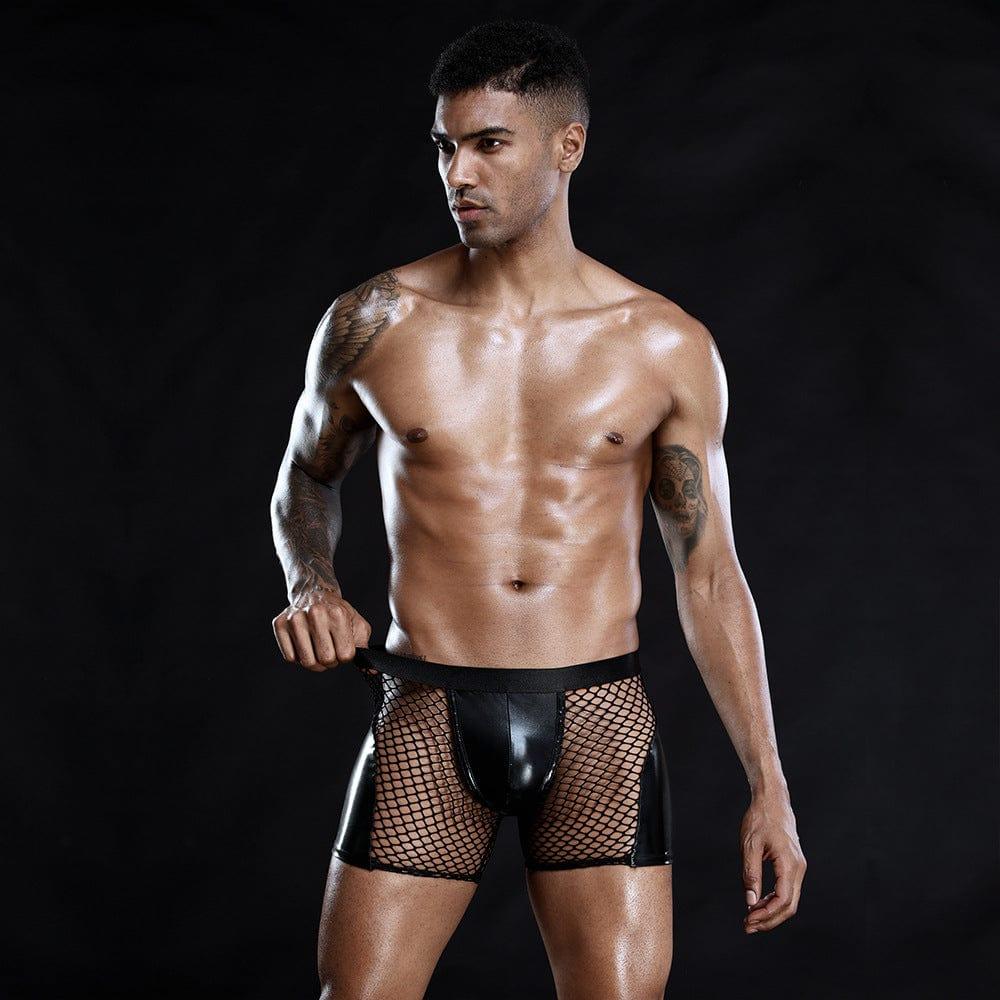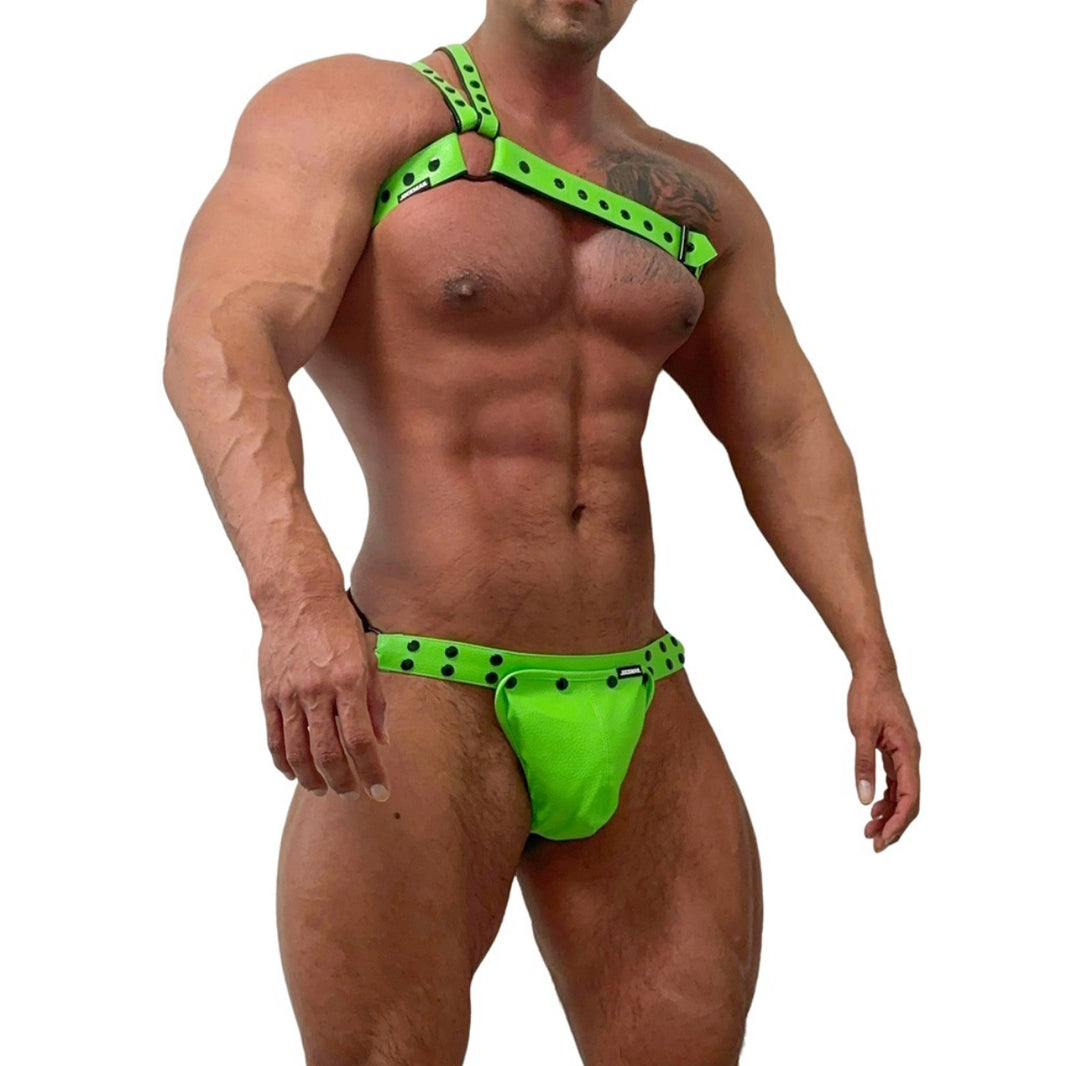
The Rise of Sustainable Mens Swimwear in Modern Fashion
Have you noticed people talking more about saving the planet? 🌍 It’s not just about using reusable bags or driving electric cars. Now, it’s even changing what men wear to the beach, particularly in the realm of mens swimwear. Swimwear for men is improving as buyers want eco-friendly choices. Companies are making swimsuits with better materials and green practices. The sustainable swimwear market was worth $7.8 billion in 2022. By 2032, it might grow to $16.2 billion! Stylish mens swimwear now mixes fashion, performance, and care for the Earth. Sustainability isn’t just popular—it’s the future of clothing.
Key Takeaways
- Eco-friendly men's swimwear uses recycled materials like nylon and polyester. This helps cut down on ocean trash.
- Picking classic swimwear styles saves money and avoids buying too much. These styles stay fashionable for a long time.
- Check for eco-labels like GRS and OEKO-TEX® to make sure your swimwear is made responsibly.
- Taking good care of your swimwear can make it last twice as long. This saves money and creates less waste.
- Choosing eco-friendly swimwear supports brands that care about the Earth and treat workers fairly.
The Environmental Impact of Traditional Mens Swimwear
Synthetic materials and their environmental cost
Do you know what your swim trunks are made of? Most regular men's swimwear uses materials like polyester and nylon. These fabrics are light and dry fast, but they harm the environment. Making synthetic fibers uses about 1.3 billion barrels of oil each year. That’s more oil than Spain uses in a year! That’s a lot of resources for beachwear.
Big companies like Nike used over 152,000 tons of polyester in one year. This shows how much fashion depends on oil-based fabrics. Sadly, this hurts efforts to stop climate change. These fabrics also shed tiny plastic pieces when washed. These microplastics pollute oceans and rivers, harming nature.
The carbon footprint of conventional production methods
Making swimwear isn’t just sewing fabric. It needs lots of energy, which creates pollution. Factories burn fuels to run machines, heat water, and move materials. This releases harmful gases into the air.
You might think, “One pair of swim trunks can’t be that bad.” But millions of people buy swimwear every year. This adds up to a big problem. Regular production methods don’t focus on being eco-friendly. This makes it harder to cut pollution and save the planet.
Waste and pollution from fast fashion practices
Fast fashion has a big problem. It makes cheap, trendy clothes, including swimwear, but harms the Earth. Factories use harmful chemicals and dyes to make bright colors. Around 1,600 dyes and pigments are used worldwide, many of them toxic. These chemicals often end up in rivers and lakes, especially in places with weak rules.
Even after buying swimwear, pollution continues. Washing synthetic swimsuits releases tiny plastic bits into the water. These microplastics are too small to filter out and end up in the ocean. They hurt sea animals and even enter the food we eat. Choosing eco-friendly swimwear can help reduce this damage and protect nature.
Sustainable Swimwear Trends and Innovations
Recycled materials like ECONYL® and REPREVE®
Recycled fabrics are changing swimwear in exciting ways. ECONYL® and REPREVE® are two examples. These materials come from waste like fishing nets, plastic bottles, and old clothes. They are eco-friendly and work great for swim trunks.
Why are they so popular?
- ECONYL® is growing fast at 7.6% each year.
- REPREVE® is also growing, with its market reaching $6.8 billion by 2030.
When you pick swimwear made from recycled nylon or polyester, you help reduce trash in the ocean. Plus, you get stylish and strong swim trunks.
Advances in eco-friendly textile technologies
New technology is making swimwear better for the planet. Companies now use smart methods to make fabrics with less waste.
Here are some cool innovations:
| Technology/Practice | Example | Description |
|---|---|---|
| 3D Technique | PRISM Squared | Seamless knitting cuts down on fabric waste. |
| Digital Printing | Hoffman | Prints directly to save fabric. |
| Certified Materials | Patagonia | Uses organic cotton for eco-friendly products. |
| Vegan Materials | Bleusalt | Uses plants like beech and cactus for fabrics. |
These new ideas mean you can wear swimwear that looks good, works well, and helps the Earth.
Ethical production and fair labor practices
Sustainability is also about how clothes are made. Ethical production means fair pay, safe workplaces, and eco-friendly methods.
Brands like Bali Summer check factories to ensure fair practices. Others, like Reformation and Davy J, focus on recycled fabrics and helping communities. Here are more brands doing great work:
- Mara Hoffman: Makes eco-friendly designs with sustainability in mind.
- La Isla: Uses recycled bottles and donates to charities.
- Shapes in the Sand: Combines recycled fabrics with ocean conservation.
By choosing these brands, you support fair work and eco-friendly swimwear. It’s good for you and the planet!
Benefits of Choosing Sustainable Mens Swimwear
Durability and long-term performance
Sustainable mens swimwear lasts longer than regular swim trunks. Brands use strong materials like recycled nylon and polyester. These fabrics don’t wear out quickly, even after many swims.
Regular swimwear often fades, stretches, or tears easily. Eco-friendly swimwear is made to handle saltwater and chlorine. This saves you money because you won’t need to replace it often.
Tip: Pick swimwear with UV protection and strong stitching. These features help your trunks stay in good shape for years.
Timeless designs that reduce overconsumption
Eco-friendly swimwear focuses on simple, classic styles. Neutral colors and basic patterns make them easy to wear anytime. You won’t need to buy new swimwear every year to follow trends.
Fast fashion makes people buy more than they need, causing waste. Choosing timeless designs helps fight overconsumption. A well-made swimsuit can last for years without looking outdated.
Imagine owning a swimsuit that always looks great. Timeless designs are stylish, useful, and better for the planet.
Personal contribution to sustainability efforts
Choosing sustainable swimwear shows you care about the Earth. It’s a small step, but it makes a difference. More eco-friendly choices mean companies will make greener products.
Many brands share how they make their swimwear. They show where materials come from and how workers are treated. This gives you confidence that your purchase helps the planet and people.
Did you know? Swimwear made from recycled materials keeps plastic out of oceans. This helps protect sea animals and nature.
Next time you shop for swimwear, think about its impact. Buying eco-friendly swimwear supports sustainability and fair practices.
Tips for Picking and Taking Care of Sustainable Swimwear
Finding truly sustainable brands
Choosing eco-friendly swimwear can seem hard, but it’s not. Look for brands that share how they make their products. Good companies talk about fair pay, safe workplaces, and green methods.
Check their websites or tags for clear details. Do they use recycled materials or cut waste? If a brand doesn’t explain its practices, it might not be very eco-friendly.
Pro Tip: Pick brands that work with nature groups or give to conservation. This shows they care about the planet.
Knowing eco-certifications and labels
Eco-certifications help you find swimwear made with green fabrics. These labels prove the materials and methods are good for the Earth.
Here are some labels to watch for:
| Certification | What It Means |
|---|---|
| GRS (Global Recycled Standard) | Confirms recycled materials and eco-friendly production. |
| OEKO-TEX® | Assures fabrics are free from harmful chemicals. |
| Fair Trade Certified | Promises fair pay and safe working conditions. |
Seeing these labels means you’re buying something truly eco-friendly. They’re like a badge of trust for shoppers who care about the planet!
Caring for swimwear to make it last
Taking care of your swimsuit is key to keeping it longer. This saves money and reduces waste.
Here’s how to care for your swimwear:
- Rinse it with cold water after swimming. This removes salt, chlorine, and sunscreen.
- Wash it gently with mild soap. Skip strong chemicals that harm the fabric.
- Let it air dry. Don’t use a dryer because heat can ruin it.
- Store it flat or roll it up to avoid stretching.
Did you know? Following these tips can make your swimwear last twice as long. It’ll stay nice for years!
By picking eco-friendly swimwear and taking care of it, you’re helping the Earth. Every little action matters!
The Future of Sustainability in Mens Swimwear
How buyers are changing the market
People now think more about what they buy. This is changing the mens swimwear industry. Shoppers want swimsuits made from recycled plastics or organic fabrics. They also like brands that share how their products are made.
Here’s why this is happening:
- New fashion trends push brands to be eco-friendly.
- Active lifestyles make people want swimwear that fits their values.
- Companies that care about the planet are becoming more popular.
When you pick eco-friendly swimwear, you’re doing more than shopping. You’re helping change the industry for the better.
What’s next for sustainable swimwear
The future of swimwear looks promising. Brands are finding smart ways to be greener. For example, Baobab works with over 300 groups to stop fabric waste. Sienna Swim uses leftover materials to make new designs.
Here’s what’s coming:
| Evidence | Description |
|---|---|
| People’s Choices | Buyers are okay paying more for eco-friendly swimwear. |
| Recycling Old Fabrics | Turning old swimsuits into new ones is growing. |
| Honest Branding | Clear info about sustainability builds trust with shoppers. |
These ideas show that eco-friendly swimwear is becoming normal. Soon, it’ll be easier to find stylish swimwear that matches your values.
How swimwear fits bigger fashion changes
Sustainable swimwear isn’t just about helping the Earth. It’s part of a bigger change in fashion. Athleisure styles are making swimwear more versatile. You can wear swim trunks to the beach or with a shirt for casual outings.
Here’s what’s changing:
- Young people, like Gen Z and millennials, prefer eco-friendly brands.
- Factories are using recycled and renewable materials to lower harm.
- Fair and ethical production is becoming standard practice.
This shift changes how you shop. Choosing sustainable swimwear means you care about style, performance, and the planet.
Sustainable men's swimwear is more than a trend—it’s progress for the future. Picking eco-friendly swimwear means you get cool, long-lasting trunks and help the Earth. Each time you buy, you tell brands that caring for the planet is important.
Remember: What you choose now affects fashion in the future.
The growth of sustainable swimwear proves fashion can be stylish and kind to nature. Together, we can make a world where clothes show care for people and the planet. 🌊
FAQ
What makes sustainable swimwear different from regular swimwear?
Sustainable swimwear uses eco-friendly materials like recycled nylon or polyester. It’s made with less waste and under fair working conditions. Regular swimwear uses synthetic fabrics that harm nature and cause pollution.
How can I tell if a brand is truly sustainable?
Look for certifications like GRS or OEKO-TEX®. Check if the brand explains its materials, production, and labor practices. Brands that work with nature groups or donate to conservation are often more reliable.
Is sustainable swimwear more expensive?
Yes, it costs more at first. But it lasts longer because of strong materials. Over time, you save money by not replacing it often. Plus, you’re helping the planet stay healthy!
Can I recycle my old swimwear?
Some brands let you send back old swimwear for recycling. They reuse the materials to make new products. Check eco-friendly brands or local recycling centers for options near you.
Does sustainable swimwear perform as well as regular swimwear?
Yes! Sustainable swimwear handles saltwater, chlorine, and UV rays well. Many brands focus on making durable and high-performing swimwear. You get stylish trunks that also protect the Earth.
Tip: Rinse your swimwear after swimming to keep it lasting longer!





